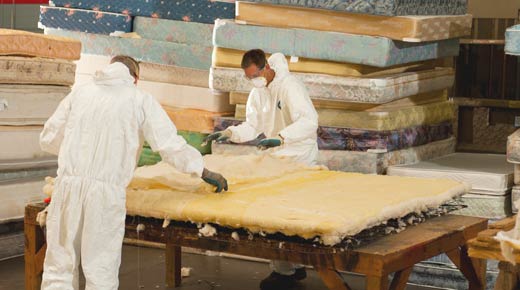Ihave been thinking a lot lately about innovation and how we may have emphasized one component at the expense of another. Here I’m talking about something that should appear obvious—the focus of innovation in building new things. We are constantly reminded that innovation is about building new products and services and experiences. This definition is entirely right and proper, but I think it neglects something very important.
|
ADVERTISEMENT |
I was reminded of this recently while at dinner with an executive from a large manufacturing company that produces many different products, one of them components for mattresses. Now, all of us want mattresses to be comfortable, and it would be great if they would last longer. But, strange to think, the internal coil mattress is actually a very complicated product, a virtual lasagna of layers of cover, cotton, and steel. While that finished product is very comfortable, it is very difficult to deconstruct when an individual is finished with the product. And herein lies the rest of this post.
…

Add new comment